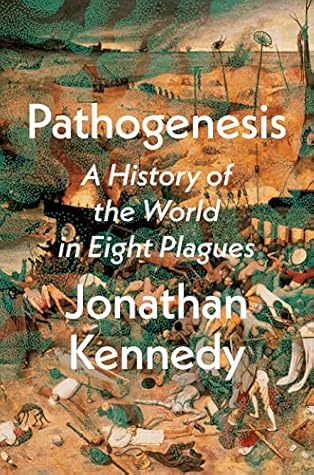Hispaniola, the mountainous Caribbean island that is now divided into Haiti and the Dominican Republic. The land was incredibly fertile and inhabited by an indigenous population—the Taíno—whom Columbus described as “affectionate and without malice.” As the two surviving ships were too small to carry the crew of the beached vessel, thirty-nine men were left behind to build a fortified settlement, La Navidad.
I imagine that the men left to build the fortified settlement had mixed feelings.
On one hand, the men may have felt relief that they didn't have to continue onward into the unknown. The likelihood of dying on the journey was high. There were too many variables to contend with. They were given provisions to sustain themselves and had support from the native inhabitants. They had work to occupy themselves and relative freedom to explore the island.
On the other hand, they may have felt anxiety. They were, in effect, being left behind - abandoned on an unknown island. In the event that the remaining party did not come back, they were left stranded with no means of contacting the outside world. And if they developed poor relations with the native inhabitants, then they were open to hostility if reinforcements never materialized.


